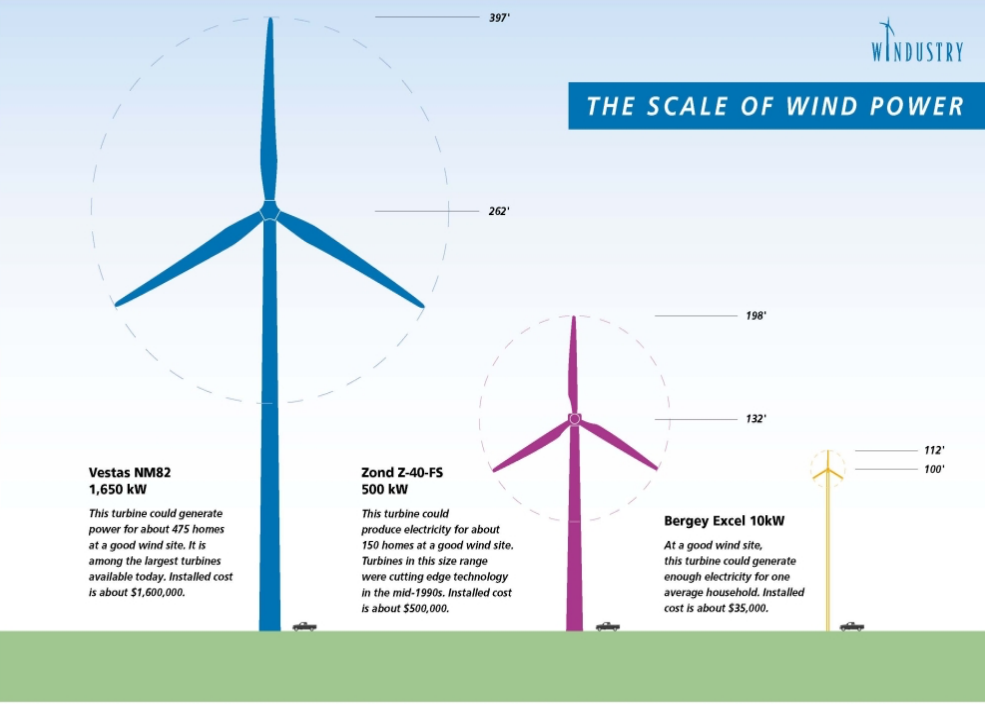Horizontal Severance Clause.
A landman working in the wind energy sector should be aware of a wind energy lease which contains a Horizontal Severance Clause that limits the wind energy lease to a specified height above the surface. This is a crucial element in a wind energy lease. If wind energy technology is state of the art today, the future technology may allow wind harvesting at higher elevations. A Horizontal Severance Clause allows Landowners to seek additional compensation when that happens.
Regarding wind farms, public filing and disclosure of terms would eliminate the possibility of secretive aspects in the Wind Energy Industry and provide both a fair playing field for Developers to compete for windy land and an opportunity for owners of windy land to educate themselves.
Landowners may try to negotiate both a Horizontal and a Vertical Severance Clause in wind or solar energy lease to keep one tower from holding the entire leased premises from the surface to the heavens for the duration of the Lease term.
With wind energy leases, the clause limits the lease to the first 300 or 400 feet above the surface. All heights above this level are reserved. Higher elevations are exposed to greater wind velocity.
Future technology may allow wind production at these heights. A horizontal severance clause forces lessees to obtain new leases for these higher elevations. This illustrates the different heights at which wind towers could be subject to the Horizontal Severance Clause, which again limits the Lease to a specified height above the surface.
Remember, a Horizontal Severance Clause allows Landowners to seek compensation above and beyond the original Lease Agreement.

Vertical Severance Clause
A Vertical Severance Clause in an oil and gas lease is generally referred to as a Pugh Clause. Instead of one well holding all the land described in the oil and gas leases, it limits the lease to a certain number of acres around each well. The rest of the acreage reverts to the mineral owner at some predetermined time, such as the end of the Primary Term. In wind and solar energy leases, the Clause may take several forms.
It may limit the Lease to a given area around each tower or cause a termination of the Lease on all commercial sites devoid of towers and panels after a certain time. Such time is measured either from the beginning of the Production Phase or the beginning of construction of the first tower. Likewise, the clause may cause termination of all or a part of the leased premises if the Lessee fails to install a specified number of towers or panels by a given date or install towers able to generate a specified amount of electricity at maximum (plate) capacity.
The Vertical Severance Clause in a wind lease can free up a large portion of the land so other companies could negotiate a new lease and erect towers. This picture indicates considerable land where wind towers do not exist that could be released from the Lease at some point in time in the future.

The Vertical Severance Clause in a solar lease can free up a large portion of the land so other companies could negotiate a new lease and erect solar panels. This picture indicates considerable land where solar panels do not exist that could be released from the Lease at some point in the future.

To learn more about Wind and Solar Lease issues, visit our website at www.InstituteOfEnergyManagement.com. View our course catalog and choose the Alternative Energy Land Practices - Best Policies and Practices.

